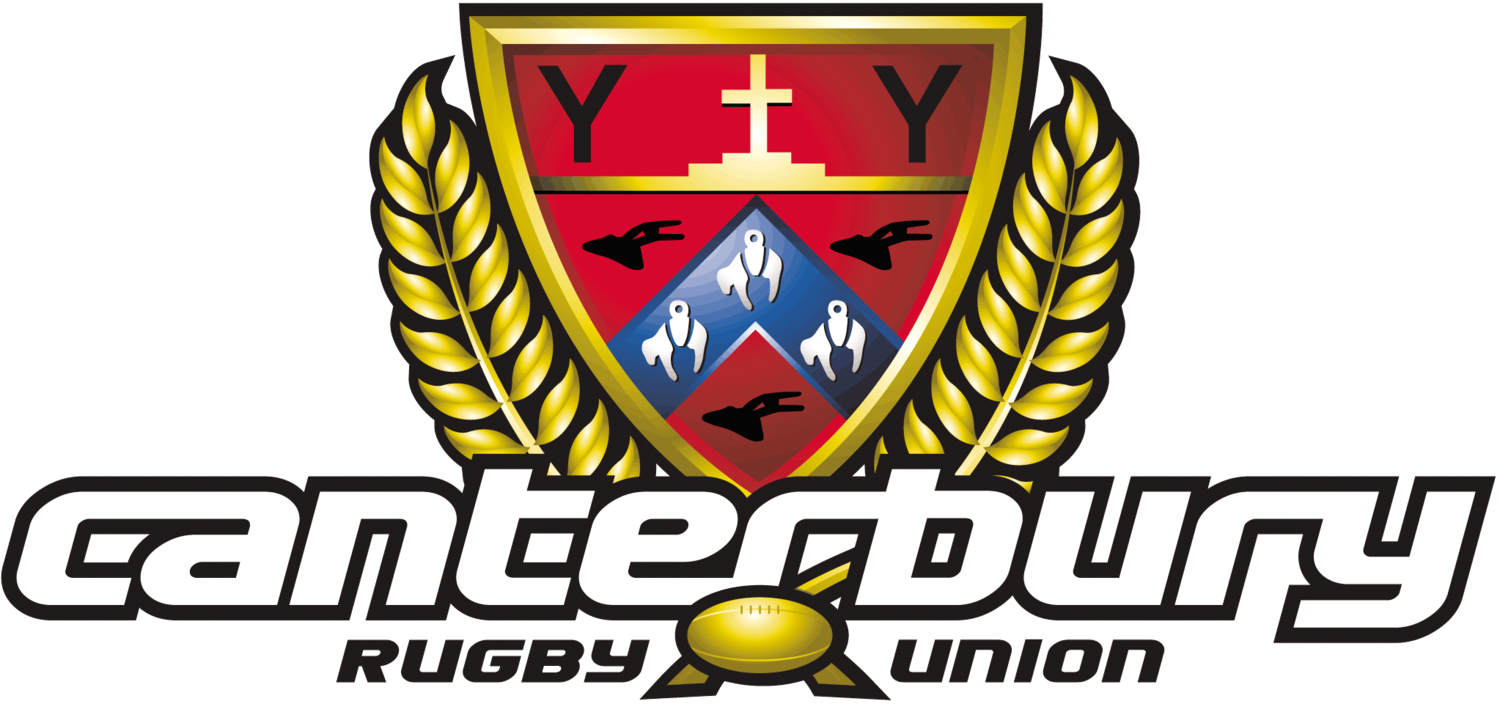Shoulder Dislocation
The shoulder is a ball-and-socket joint. The humerus (upper arm bone) has a round end that fits into the curved structure on the outside edge of the shoulder blade, called the glenoid. Inside the joint is a layer of cartilage that provides the cushioning as the bones move against each other.
A dislocation is an injury to a joint in which the ends of the bones are forced from their normal positions. A shoulder dislocation occurs when the “ball” of the humerus is forced out of its normal position in the “socket” or “cup” of the shoulder blade called the glenoid.
Causes of shoulder dislocation
As the body’s most mobile joint, able to move in many different directions, the shoulder is very vulnerable to dislocation. A shoulder dislocation may be caused by sports injury, trauma such as in a motor vehicle accident, or a fall.
Symptoms of shoulder dislocation
Dislocation causes pain and unsteadiness in the shoulder. The shoulder may be visibly deformed or look out of normal placement. Other symptoms of a dislocated shoulder could include:
Swelling
Numbness
Weakness
Bruising
Muscle spasms
Diagnosing shoulder dislocation
A shoulder dislocation is diagnosed through a physical examination and review of symptoms. Additional tests may include x-ray, MRI, and Electromyography which can help determine if there is any nerve damage resulting from the dislocation.
Treatment of shoulder dislocation
In most cases, the dislocated shoulder can be manipulated back into place by a doctor in a process called a closed reduction. This needs to occur as soon as possible after the injury occurs to minimize injury to the soft tissues and nerves. Occasionally a dislocation spontaneously reduces on its own, without the assistance of a healthcare provided. When the ball is replaced into the socket, severe pain normally subsides. The shoulder and arm are then immobilized in a splint or sling for support and symptom control as well as aiding in the healing process. Occasionally medication is prescribed for pain. A shoulder that is severely dislocated- such as an injury that includes a bony fracture, significant soft tissue tearing, or nerve damage- or a shoulder that is recurrently unstable may require surgery to re-establish normal stability and function.
Shoulder dislocation recovery
After treatment for a shoulder dislocation, when pain and swelling have subsided, physiotherapy is recommended to restore the range of motion of shoulder, strengthen the muscles, and prevent future dislocations.
After Shoulder dislocation, does the shoulder go back to normal?
After treatment and recovery, a previously dislocated shoulder may remain more susceptible to reinjury, potentially resulting in chronic shoulder instability and weakness. Age, gender, and activity involvement all factor into risks of recurrence.


